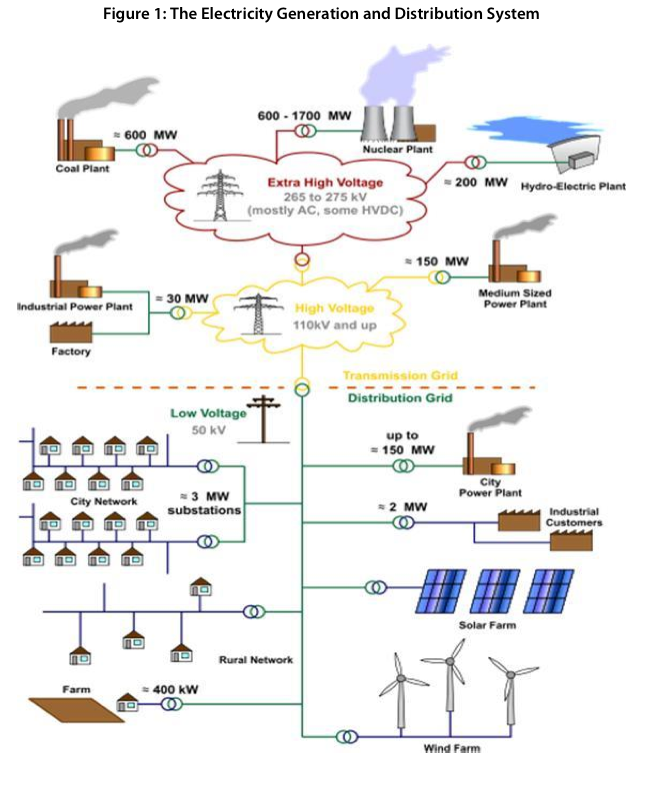AMERICAN COUNCIL FOR AN ENERGY-EFFICIENT ECONOMY
Introduction
Internal combustion engine vehicles running on petroleum fuels have dominated the vehicle market for a century. Global demand for petroleum has increased dramatically over that period, and this demand, coupled with geo-political volatility in many oil-producing regions, has resulted in high oil prices and uncertainty in the market. Highway vehicles remain a major source of greenhouse gas (GHG) emissions, as well as substantial local pollutant emissions. In the meantime, availability of new vehicle technologies and non-petroleum fuels is rapidly increasing. These circumstances create a prime opportunity for alternative vehicles, including electric, natural gas, and fuel cell vehicles, to be launched into the market. Such vehicles have the potential not only to reduce U.S. dependence on oil and the trade deficit but also to reduce greenhouse gas emissions.
This report is about plug-in electric vehicles, which include all-electric vehicles, powered solely by batteries, and plug-in hybrid-electric vehicles, powered by both batteries and internal combustion engines. We refer to these vehicle types together as plug-in electric vehicles (PEVs). PEVs do not include hybrid-electric vehicles that cannot be plugged in for recharging. This report presents a broad overview of the PEV landscape, including issues from both the transportation and utility system perspectives. It explores the energy and environmental implications of PEV adoption in the United States and whether and how their use should be promoted.
The Electric Grid
The U.S. electric utility system is a complex integrated network of electricity-generating sources (typically power plants), large-capacity transmission lines, and smaller-capacity localized distribution lines and related equipment (Figure1). The amount of electricity generated must be carefully balanced with the amount of customer demand at any given time, because of the inability—currently—of the grid to cost-effectively store electricity in large quantities. The electricity system balances electricity generation with consumer demand by having a suite of generating plants of different types that allow that system to match generation to load in real time. The use of PEVs can affect the grid in two ways. Their existence, especially as they are adopted in greater and greater numbers, means an increasing load on the grid. But they stand to contribute to grid stability as well in several respects, as discussed below.
Baseload generating facilities are designed to operate continuously and have the lowest operating costs. These large generating plants are most often coal or nuclear plants (or in some regions, large dams for generating hydropower). Peaking plants operate during a relatively small number of hours per year, when electricity demand is the highest, and they have relatively high operating costs. A variety of intermediate generating facilities operate less than baseload plants, but more than peaking plants, and typically use fossil fuels of some type (most commonly, natural gas). Finally, there are increasing amounts of renewable energy generating sources, primarily wind and some solar. These sources are intermittent, as they are only available while the wind blows or the sun shines.
The mix of generating sources that contribute to the power delivered by the electricity grid varies significantly from region to region, depending upon local resource availability and costs, and state and regional energy policies.1 One of the characteristics of our grid, and a relatively new one, is that it relies on multiple energy sources: hydro, nuclear, coal, gas, etc. That was not the case 50 years ago. Having multiple fuel sources increases flexibility and provides a measure of protection against fuel supply disruptions and price spikes. Unlike the grid, our transportation system is almost entirely dependent upon petroleum fuels.
Read full report (PDF) here: Plug-In Electric Vehicles
About The American Council for an Energy-Efficient Economy (ACEEE)
aceee.org
“The American Council for an Energy-Efficient Economy (ACEEE), a nonprofit, 501(c)(3) organization, acts as a catalyst to advance energy efficiency policies, programs, technologies, investments, and behaviors. We believe that the United States can harness the full potential of energy efficiency to achieve greater economic prosperity, energy security, and environmental protection for all its people.”
Tags: ACEEE, American Council for an Energy-Efficient Economy, electric grid, Electric Vehicles, greeenhouse gas, petroleum fuel, PEV







 RSS Feed
RSS Feed